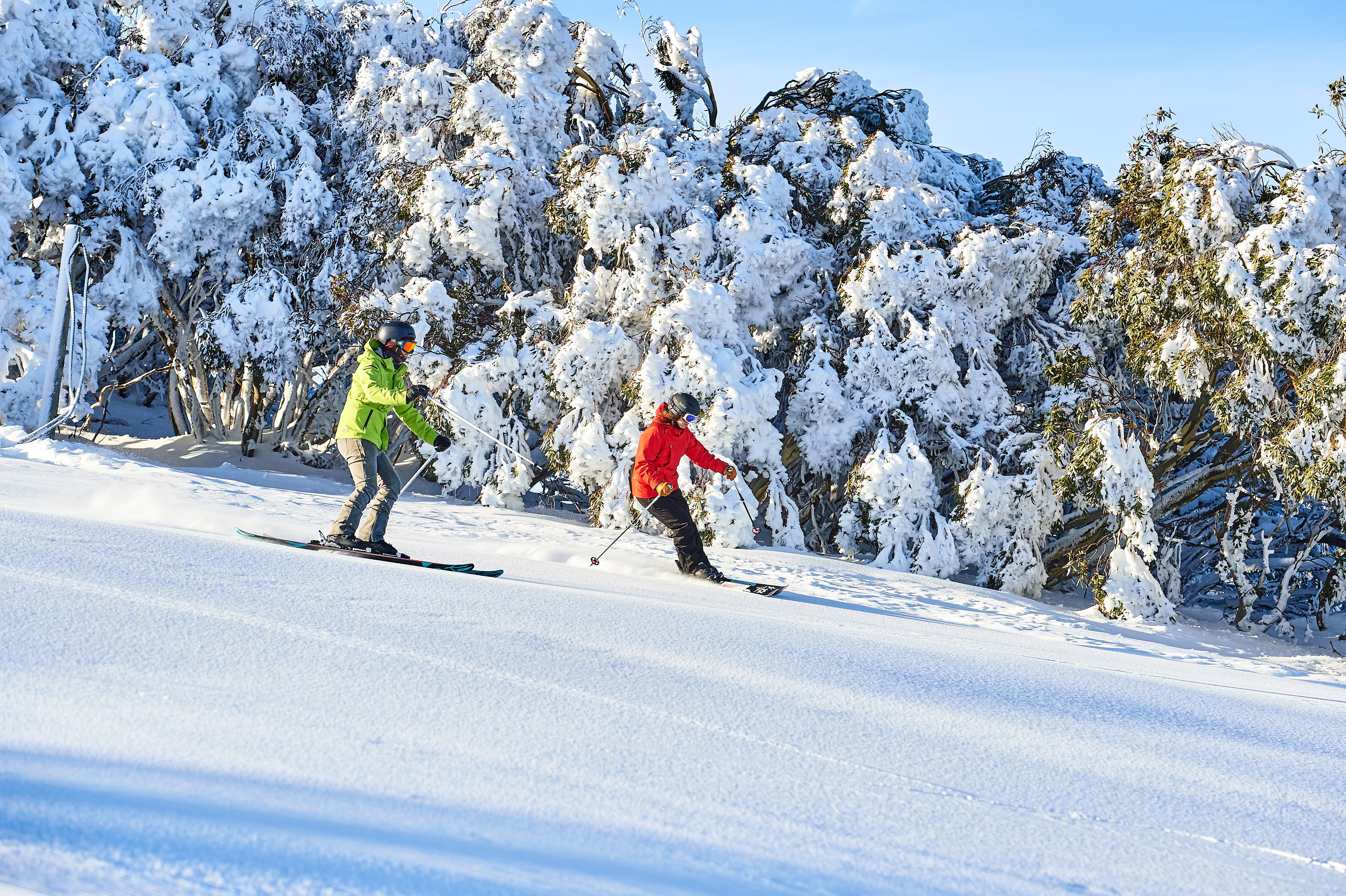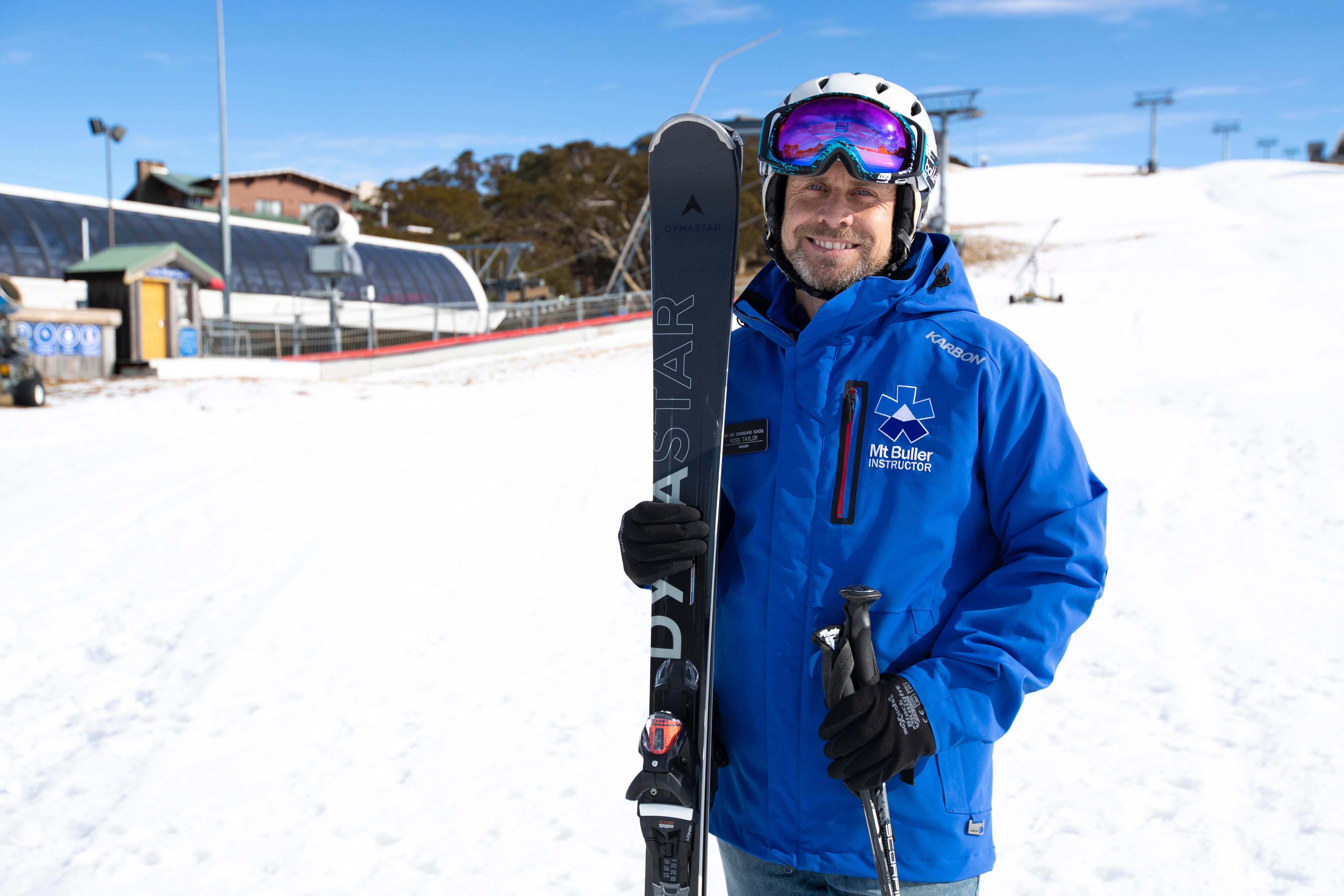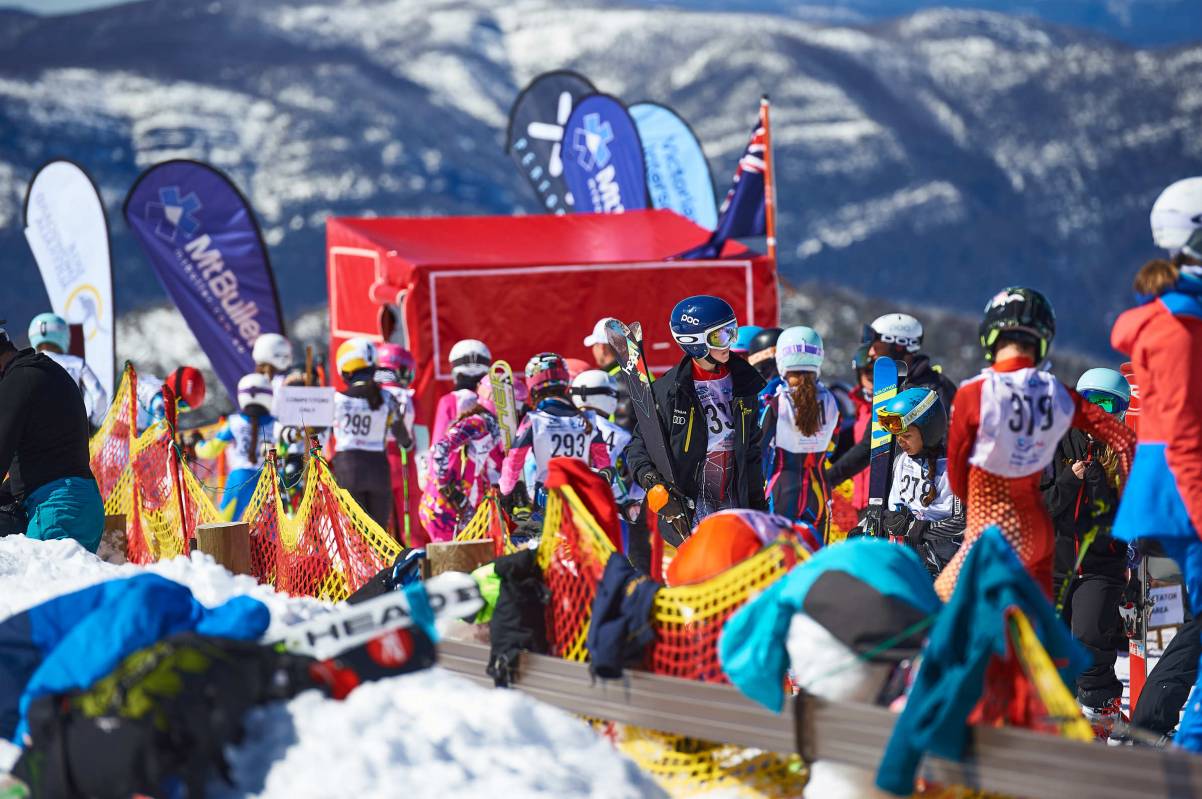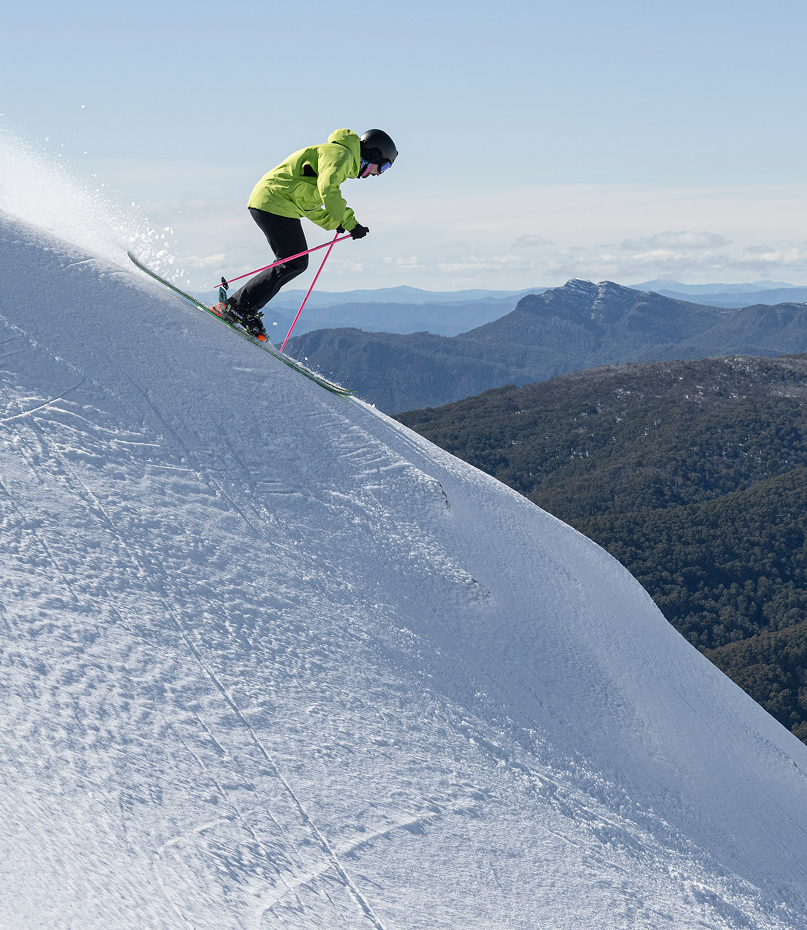

Never been easier to see all Buller has to offer
Zoom, search, click and switch on/off layers to understand where everything is and how to get to your destination.
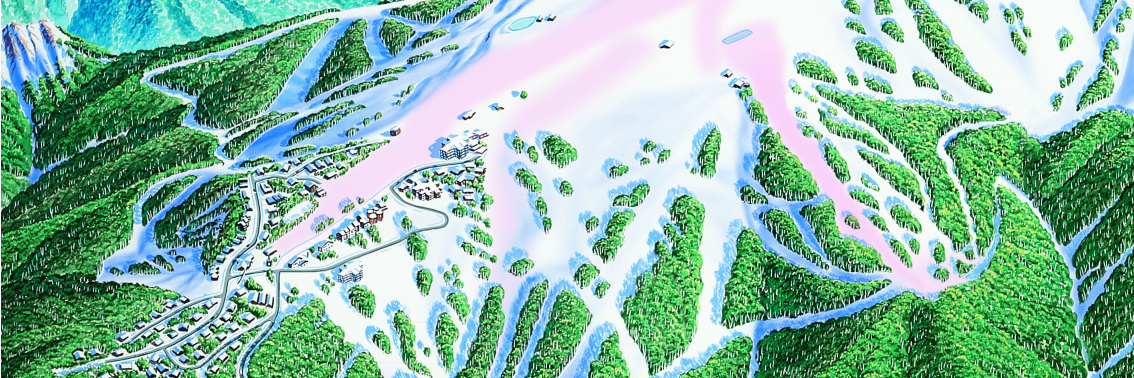
Only operating during snow season
Plan your ride: See bus routes and stops, track vehicles live and see your location when on mobile devices.
EVENTS
All eventsUPCOMING
What's On
View AllAROUND THE MOUNTAIN
Arlberg - Woody's Cafe & Front Bar
Stop in for a great coffee and breakfast bites...
Read more
17/12/2025 12:00:00 AM
17 Dec 2025
Kooroora Hotel Holidays Opening Hours
Saturday 20th - Friday 26th Closed
Saturday...
Read more
17/12/2025 12:00:00 AM
17 Dec 2025
Summer Chairlift operations - from 27 Dec!
Give your summer adventures a lift with...
Read more
16/12/2025 12:00:00 AM
16 Dec 2025










.jpg?width=4928&height=3280&name=MBAR_250616_467%20(1).jpg)



